Description
hardware flow control. It is an ideal choice in the field of industrial automation.
Implementation of communication between ABC industrial robot and PLC based on DeviceNet fieldbus technology
introduction
In modern production systems, industrial robots and PLCs need to communicate and collaborate to complete production tasks. That is, the
industrial robots output signals to the PLC, allowing the PLC to control related equipment to drive the robot”s front-end tools. This article
mainly analyzes the communication problems between ABB industrial robots and PLC based on DeviceNet fieldbus technology.
DeviceNet is a common network communication method in the field of automation. ABB industrial robots establish a network to communicate with
Siemens PLC based on the DeviceNet network.
1Configure DSQC652
There are mainly 5 types of standard I/0 boards commonly used in ABB industrial robots [2]. Except for the different addresses assigned to
them during setup, their configuration methods are basically the same. This article mainly analyzes the ABB standard I/0 board DS0C652, which
mainly builds communication modules based on the DeviceNet network. The DS0C652 board has a distributed I/O module with 16 digital input and 16
digital output interfaces. The board is installed in the ABB industrial robot control cabinet. First, define the specific operation steps of the DS0C652 board,
enter the teach pendant control panel, then enter the configuration menu (Figure 1), select the DeviceNetDevice menu, and add a template to enter Figure 2.
ABB standard I/0 board is hung on the DeviceNet
network, so the address of the module in the network must be set. The jumpers 6 to 12 of terminal x5 are used to determine the address of the module.
The available address range is 10 to 63. Modify the parameters in the template parameters to complete the DS0C652 board settings. Click the drop-down
menu to select the “Use value from template” row, select
“DS0C65224VDCI/0Device”, and then the parameters that need to be set include the address of the I/0 board in the bus.
Figure 1 Configuring DSQC652
2Configure signals and parameters
After completing the DS0C652 board setting, the I/0 signal setting will be performed. Setting the I/0 signal is the basis for establishing communication with
the PLC. The PLC communicates and transmits data with the ABB industrial robot through the I/0 signal and the DS0C652 board. As shown in Figure 3, in the
signal configuration interface, there are many default I/0 points after the system is established. Modification is not allowed. Click “Add” to add signals. When setting
input and output signals, their address range is 0~15. First, enter the signal menu in the configuration options to set the input and output types, and modify the corresponding parameters.
After completing the settings, the computer prompts that you need to restart the settings. If there are multiple signals that need to be defined and the waiting time
is long after restarting multiple times, you can click “Cancel” and wait for all signals to be defined before clicking the “Yes” button to restart. After the signal settings are
completed, click to select “Input and Output” in the ABB menu to check whether all signals have been set.
Figure 2 Configure DSQC652 parameters
Figure 3 Signal parameter settings
During the signal establishment process, attention should be paid to the DSoC652 port and PLC port addresses used, and the corresponding address table should be
established, as shown in Table 1. The robot interacts with the PLC through I/O signals. During the setting process, there must be no errors in the port and address number
of the PLC connected to the DSoC652. If the address is set incorrectly, the communication between the robot and the PLC will not work properly.
The entire robot teaching pendant setting process is shown in Figure 4.
https://www.xmamazon.com
https://www.xmamazon.com
https://www.plcdcs.com/
www.module-plc.com/
https://www.ymgk.com
IS200VAICH1DAB GE Analog input
IS200TVIBH2BBB GE Vibration stop plate
IS200TVBAH2ACC GE Turbine control system
IS200TTURH1CFD GE The terminal board
IS200TSVCH1AJE GE Servo terminal board
IS200TRPAH2AHE GE End plate
IS200TREGH1BEC GE Board assembly
IS200TREAH2AED GE Turbine emergency trip model
IS200TPROS1CBB GE Turbine control system
IS200TPROH1BCB GE Redundant processor
IS200TDBTH6ACD GE Discrete simplex board
IS200TDBTH6ABC GE Simplex plate element
IS200TBCIS2CCD GE Isolation plate input
IS200TBCIH2CAA GE Single board component
IS200TBAIH1CCC GE Analog terminal board
IS200STCIH6AED GE Printed Circuit Board (PCB)
IS200STCIH2A GE Gas turbine management system
IS200SRTDH2ACB GE Printed circuit board
IS200SPIDG1ABA GE Master communication board
IS200SDIIH1ADB MRP683026 GE controller
IS200SAMBH1ABA GE TMR(Three-module redundancy) system
IS200JPDDG1AAA GE PCB module
IS200ISBBG2AAB GE Input synchronous bus bypass board
IS200HSL AH2ADE GE SLR LNK Interface
IS200ERIOH1AAA GE Excitation regulator
IS200EPSMG1AED GE Exciting power supply
IS200EGPAG1BCA GE Gate pulse amplifier board
IS200EGDMH1AFF GE Excitation field grounding detection module
IS200EGDMH1ADF GE Vibration exciter ground detection module
IS200DTAOH1ABA GE Printed circuit board
IS200DTAIH1ABB GE Ethernet communication
IS200DSPXH1DBD GE Energy system
IS200DSPXH1DBC GE Board assembly
IS200AEADH4ADA GE Steam turbine system
PFEA112-20-3BSE050091R20 ABB Tension amplifier
PFEA111-65-3BSE050090R65 ABB Tension amplifier
PFEA111-20-3BSE028140R0020 ABB Tension controller
PBSE5117 ABB Analog current monitor
PBSE1095 ABB Line reactor
HP-E1421B
IS200AEADH4ADA GE Orthogonal four-channel decoder
Hima-F7553 Processor module
Hima-F4301 High performance safety controller
HIMA-F3335 Industrial control module
Hima-F3322 Industrial controller
HIMA-B4231 Security module
Hima-99-2413602
HESG447351R0001—70BK06a-E ABB Serial Interfa
H7506 HIMA Relay module
H4135A-99-2413560 HIMA Safety relay
F8652E HIMA Safety system module
F8650X HIMA processor module
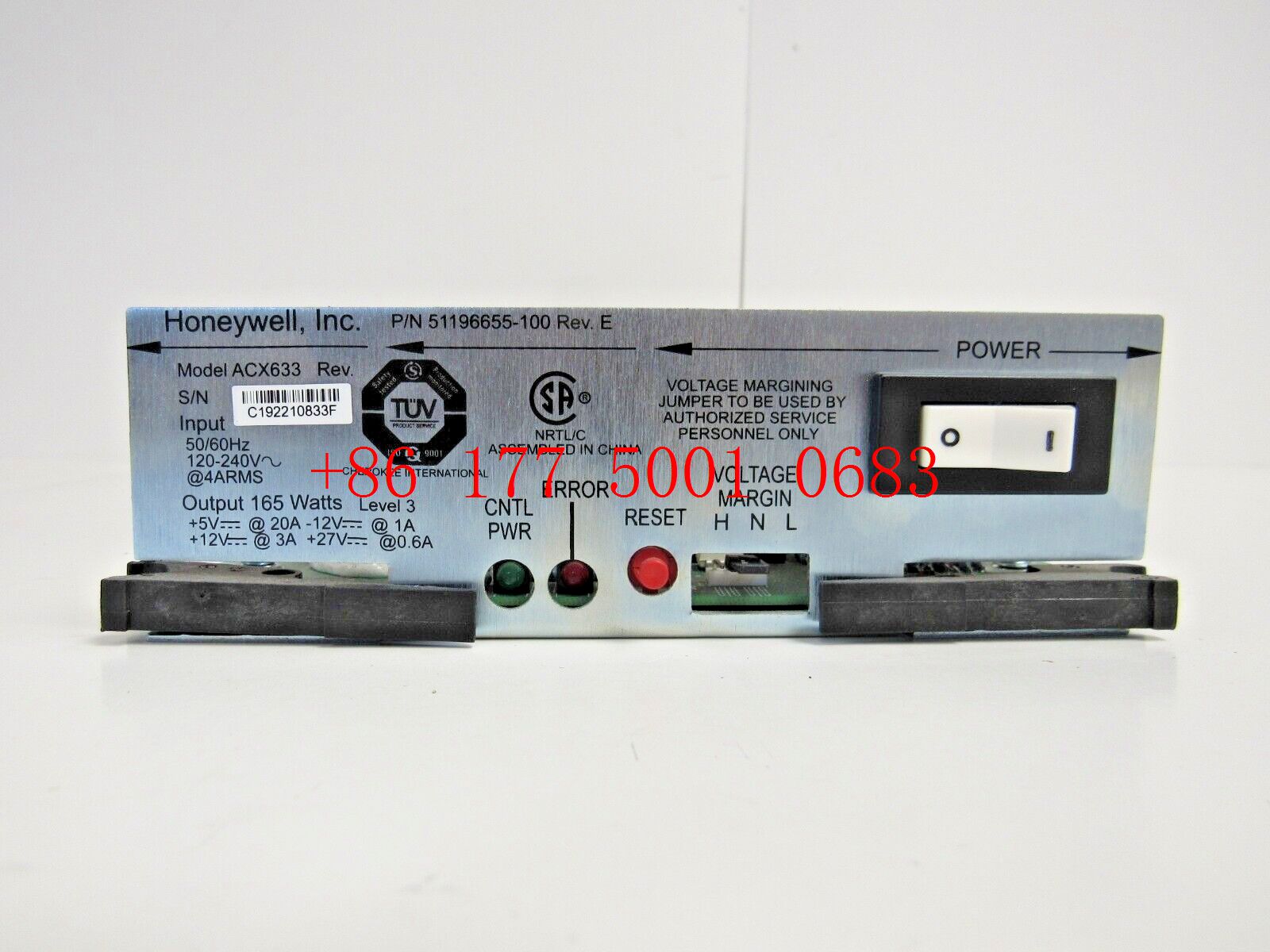
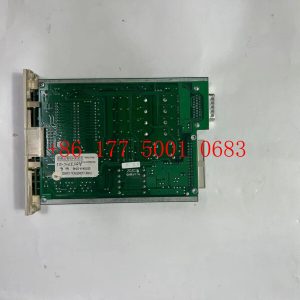
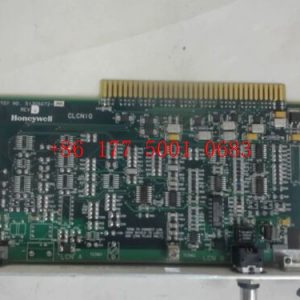
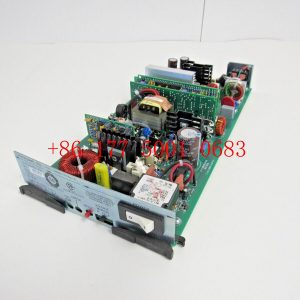
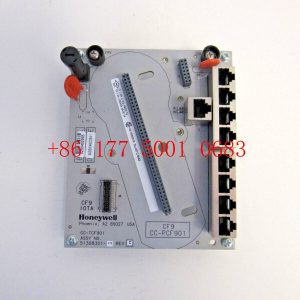




Reviews
There are no reviews yet.